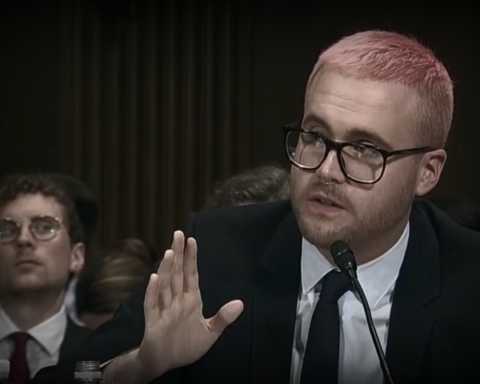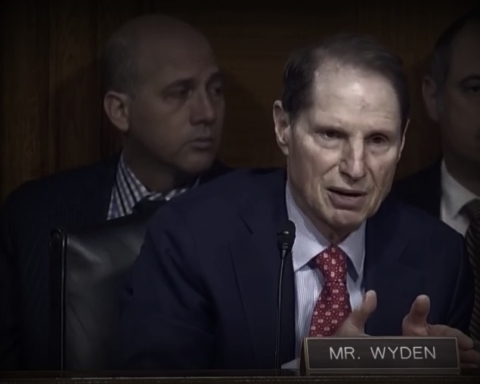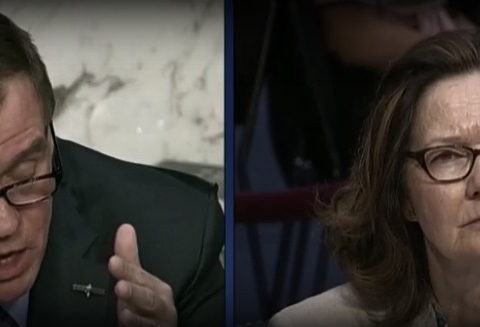A “shot in the dark” sting tactic ruled legal by a federal appellate court should have been declared unlawfully heavy-handed, a dissenting judge who presided over the case concluded.
Judge John Noonan said Monday that his colleagues on the ninth circuit court of appeals in San Francisco should have used their authority to consider arguments not made by the defendant to conclude he was a victim of entrapment.
The court ruled 2-1 that the Bureau of Alcohol, Tobacco, Firearms, and Explosives was justified when it set up Alex Pedrin Jr. in 2009 to take part in a conspiracy to steal drugs from a “fictional house.”
In 2011, based in part on testimony from Terry Bombard, a co-defendant who cooperated with prosecutors in exchange for leniency, Pedrin was convicted and sentenced to 17 and a half years in prison.
“As a court, we are more than referees tallying scores,” Noonan said. “We have a live concern that human beings caught in the legal process be treated fairly.”
The majority argued that Pedrin’s case had been fairly adjudicated because he was brought into the conspiracy by a man who initiated contact with a confidential informant.
“One of Pedrin’s co-conspirators, [Omar] Perez, reached out to the government, and not vice versa,” Judge William Fletcher wrote. “Pedrin readily agreed to participate in the supposed stash-house robbery; and Pedrin supplied plans and materials. This provided a sufficient basis for the government to infer that Pedrin had a predisposition to take part in the planned robbery.”
Noonan, nonetheless argued that a 1932 ruling barring entrapment, Sorrells v. United States, should have been applied to Pedrin. More important than the initiation of contact, he said, was the initiation of the conspiracy itself.
“The ATF laid out the entire stash house scheme to him before he had said a single word,” Noonan said. “The prosecution of his case should be dismissed.”
Read the ruling and the dissent here, courtesy of Courthouse News.






